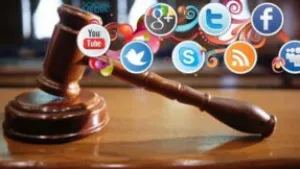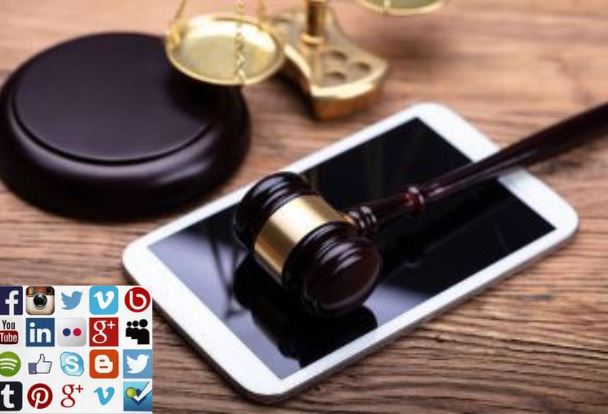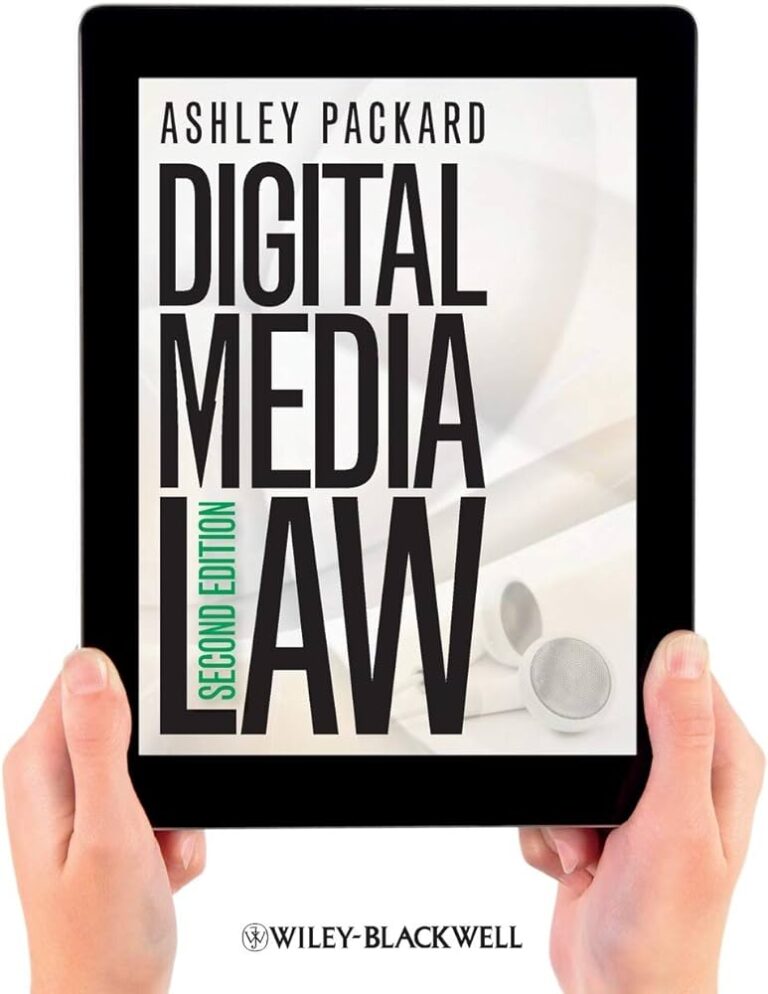Social Media Laws and Their Implications on Social Media
Social Media is a primary platform where every individual and brand can engage and bring awareness to e – commerce in real time. The introduction of LPG policy has brought big changes in to the economy and the people surrounding such an environment.
Media has played important role in the world of commerce. It has helped million to start their business or even for an Entrepreneur to exist in the market. In the world of entertainment Social Media has contributed to the highest like the most recent popular show like Squid Game released on Netflix gained it’s popularity which nobody could ever imagine.
Introduction: Social Media has become enormous platform where anyone from anywhere can communicate. The Period of Covid-19 has made me realise to every person how powerful the media is. The most recent example now a days we see people making success in e-commerce transaction through Meta, formerly known as Facebook which has become part of day to day lives. The Government announced it’s scheme of ‘Digital India’ to make electronics transaction a concept followed daily and has been successful since.
The concept of ‘Viral’ can grab the attention of anyone and spread across thousands of users. Thus, these advancements and how people are becoming used to such technological changes also bring the explosive growth in the internet facilities used by unauthorized person. Actions like hacking into a computer system , invasion of privacy , copyright infringement, defamation, property fund etc.
Meaning of Social Media Laws: Social Media Law provides remedy in both civil and criminal manner depending on the case which protects the content that is prohibited. The professional takes the help of Digital Millennium Copyright Act and Communication decency to solve the problem surrounding cyber space. Social Networking sites often have more protection then their users by way of law. This includes social networking, blogs, microblogs, and YouTube wikis etc. They allow different content to be accessed by people around the world or a few informationproviding websites to create awareness and bring a platform where citizens can give opinion freely.
Indian Position on Laws
- Article 19 on the Indian Constitution guarantees certain freedoms that the State cannot curtail and are important to every Indian citizen. The right includes the freedom of speech and expression under clause (a), which is the most debated right ever and is vigorously exercised by Indian citizens, although it is subject to some justifiable limitations, as stated in Article 16 (2) since this right is not sacrosanct.
- Information Technology Act of 2000—Section 66a of this law, which is also quite contentious, forbids and punishes any offensive behaviour that is committed by audio, video, or records that causes harm to others. One of the key cases that exemplifies the core of Section 66A and its effects on the general public is the case of Shreya Singhal. Despite the Supreme Court’s decision to invalidate the Act, people continue to face penalties under it. 11 courts are now hearing more than 745 cases that were tried under Section 66A of the Act of 2000.
- Sections 124A, 153A, 295A, 499 with 505, 506 of the Indian Penal Code of 1860 discuss the offences of sedition, promoting enmity, intentionally insulting religion, defamation, public mischief, and insulting the modesty of women, and provide remedial actions to be taken in the case where there is damage to oneself.
Need for Social Media: The media is viewed as ‘the fourth pillar of democracy’ in India. Considering the judicial, executive, and legislative arms of government are using the same regulatory framework as India.
The media must be useful since we live in a highly technological advanced world where information spread swiftly and it is not only affected by distance. One erroneous or inaccurate stories could have detrimental effect on society, ignite riots or inflame animosity among the public. In India, where individuals from various cultures religious live, it is the duty of media to present the truth, but they must also refrain from dissemination from incorrect information and politicising stories to gain popularity. It is imperative to propose some fair limitation to protect the media professional’s freedom of expression while also preventing him or her from inciting hatred or causing social difficulties.
Landmark Judgements In India
Arnab Goswami Swami vs State of Maharashtra
A journalist for the republic of media network was sued for defamation after he claimed that he had ‘ provocatively’ questions statement made by ‘a member of the congress regarding India’s Covid-19 testing procedures and the unfortunate killing of 3 people [ including 2 priests] in Palghar on April 16,2020. In contrast, he contended that free speech protections cannot apply to utterances that incite a racial on social disturbance. He continued to defend himself by asserting that there was a likelihood that any of it’s remarks spark riots among different ethics groups.
Shreya Singhal vs UOI
Sections 66(a) and 69(a) of the Information Technology Act were contested in this case on the grounds that they violated Article 14 and Article 19(1)(a) of the Indian Constitution. The court ruled that there was no Intelligible Differentia —a difference that might be understood—between the parties.
There is no distinction between the internet and other information delivery channels. In this historic decision, the supreme court held that section 66(a) of the IT act should be repealed because it violated article 19(1)(a) of the constitution’s guarantee of freedom of speech and expression and was not shielded by article 19(2), that imposes reasonable restrictions. According to Sc, the phrases employed in section 66(a) of the law are open-ended, imprecise, and unconstitutionally broad.
The rights of free expression, dissent, and information are all violated by this provision. In addition, the court stated that this act had “no proximate nexus to public order” and had failed to pass the “clear and present danger test,” or US doctrine, which asks if a word’s use is harmful or likely to cause chaos that the government has a duty to stop. It is a matter of proximity and intensity.
Challenges in Implementations: The media is governed by numerous laws and regulations in India. Regulation is crucial since it is one of the industries that is regarded as developing and has as its goal the public and national interest. As laws are essentially created for the benefit of people, three aspects are taken into account every time one is created: the law, the economy, and psychology. Additionally, there are growing concerns about the necessity to establish a unified legislative framework to regulate all forms of media since the media is currently one of the industries with the greatest rate of growth.
We have problems regulating the media, though, as there are many media outlets in India. By expressing their passion for it personally, they defend it. Self-regulation is upholding the right to free speech without resorting to censorship or self-censorship but rather setting fundamental moral and ethical criteria. However, there are discussions of creating a particular legal framework in India to control the media.
Conclusion:Technology and the threat of cybercrime are omnipresent in the world we live in today. The necessity for additional legislation cannot be ruled out despite the fact that there are several enacted to protect victims of cybercrime or crimes connected to social media. The right to be forgotten should be established by the government to provide individuals in various European nations more control over their personal data. In addition, tough measures should be implemented against wrongdoers to lessen the effects of cybercrime.



